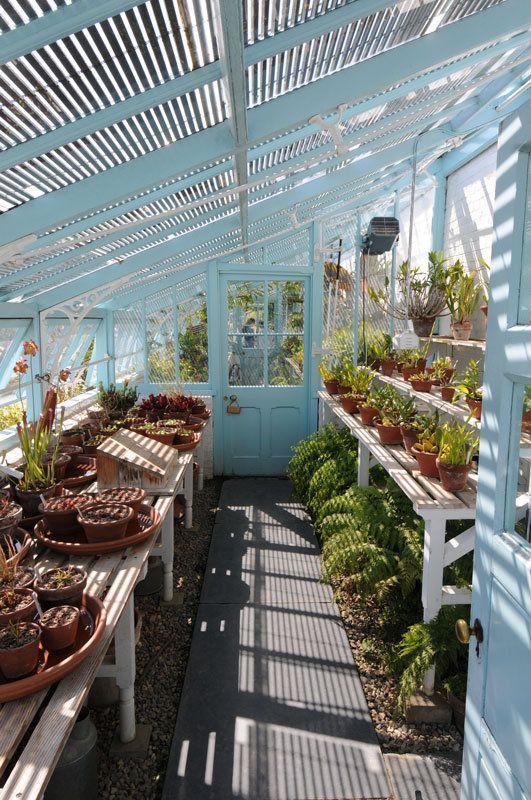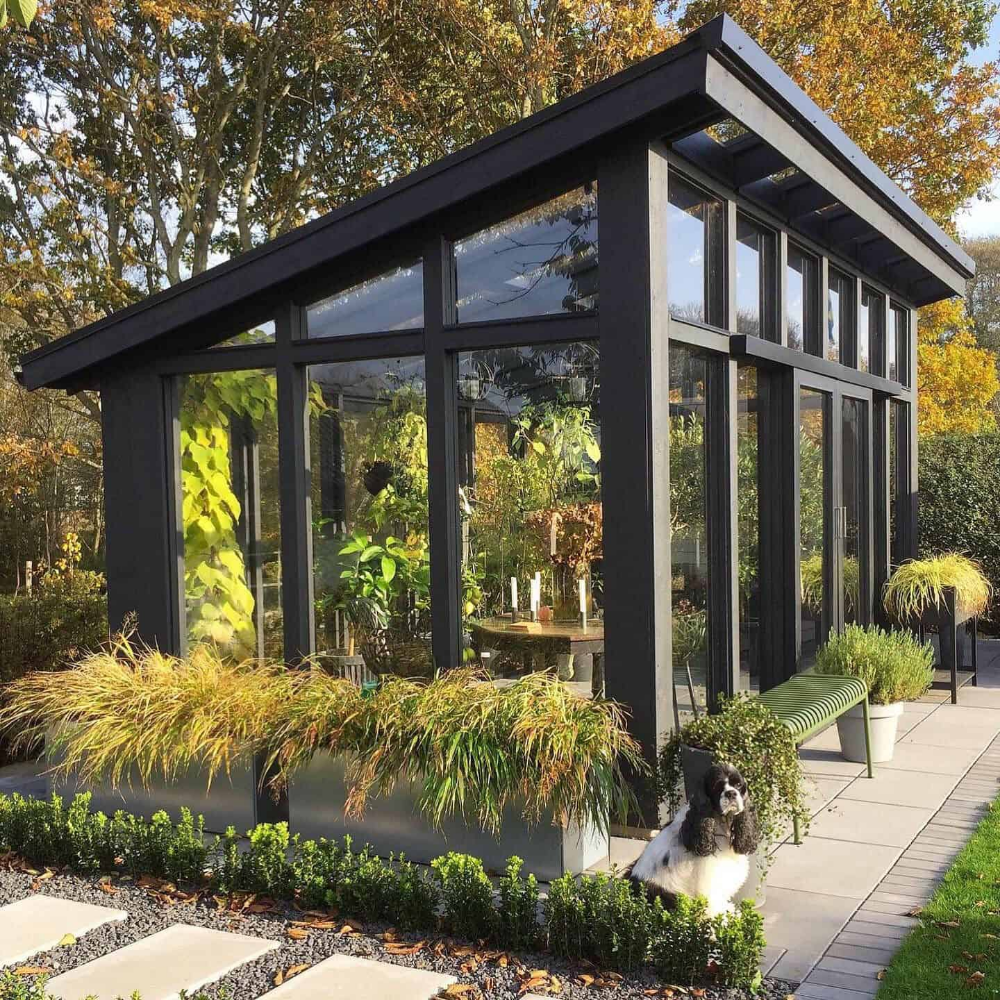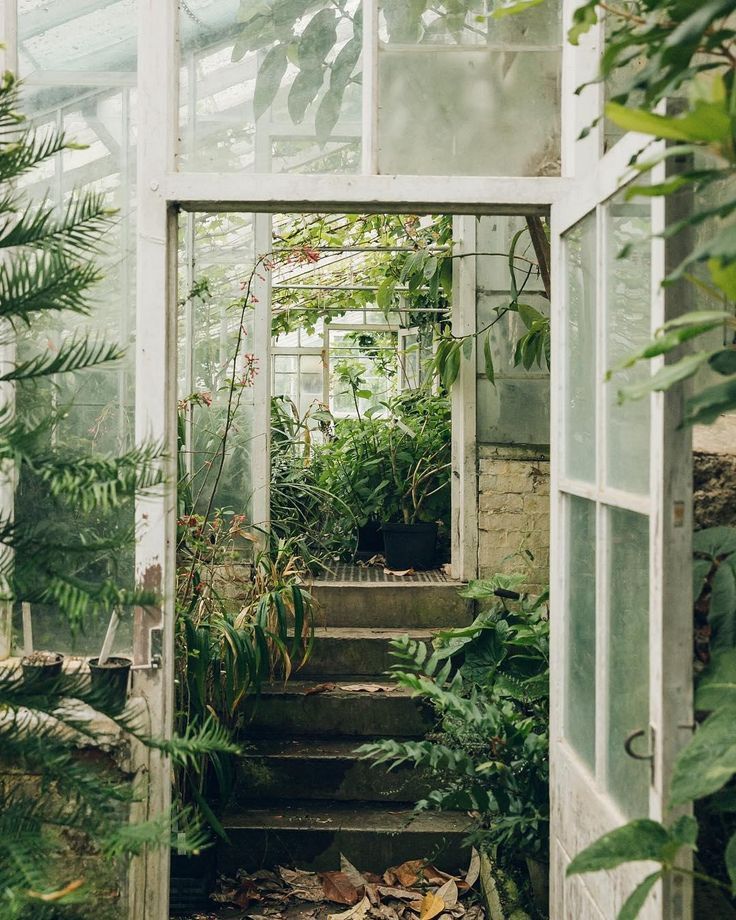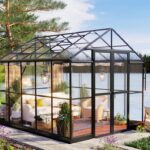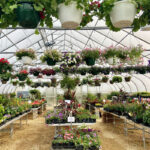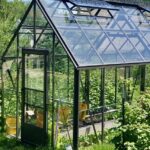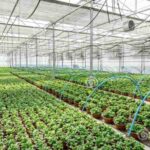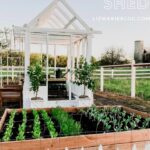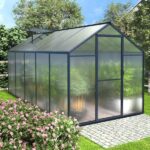A garden greenhouse is a structure that is mainly used for growing plants that require specific conditions to thrive. These structures are typically made of glass or plastic panels that allow sunlight to enter and create a warm, controlled environment for plants to grow. Greenhouses are popular among gardeners and commercial growers alike, as they offer a variety of benefits for plant cultivation.
One of the main advantages of a garden greenhouse is the ability to extend the growing season. By providing a warm and stable environment, greenhouses enable gardeners to start planting earlier in the spring and continue growing crops later into the fall. This can be particularly beneficial in regions with shorter growing seasons, where plants may not have enough time to mature outdoors.
Greenhouses also offer protection from unpredictable weather conditions such as frost, hail, and heavy rain. This can prevent damage to delicate plants and provide a safe haven for tender seedlings. By controlling the temperature and humidity levels inside the greenhouse, gardeners can create an ideal growing environment for a wide variety of plants, including tropical species that may not survive outdoors in colder climates.
In addition to protecting plants from harsh weather, greenhouses can also help to deter pests and diseases. By keeping plants enclosed, gardeners can limit the access of insects and other pests that may damage crops. Greenhouses also provide a barrier against airborne diseases, which can quickly spread among plants in outdoor gardens. This can help to reduce the need for chemical pesticides and fungicides, promoting a healthier and more eco-friendly gardening practice.
Another benefit of garden greenhouses is the ability to control the amount of water and nutrients that plants receive. By using irrigation systems and fertilizers, gardeners can ensure that plants get the right amount of moisture and nutrients they need to grow. This can be especially useful for growing fruits and vegetables, where consistent watering and feeding can result in higher yields and better quality produce.
Finally, greenhouses can serve as a versatile space for experimenting with different growing techniques and plants. Gardeners can create specific microclimates within the greenhouse to grow a wide range of plants, from exotic flowers to herbs and vegetables. They can also test out new varieties and hybrids, or grow plants from seeds or cuttings that may not thrive outdoors. This experimentation can lead to a greater understanding of plant growth and cultivation, as well as a more diverse and interesting garden.
